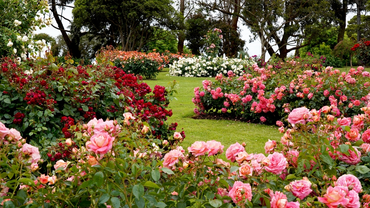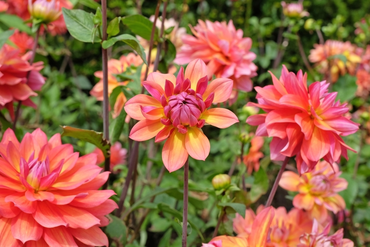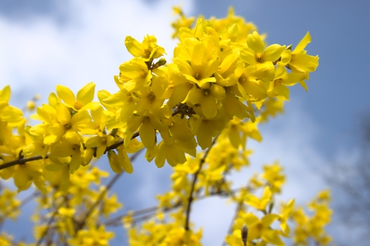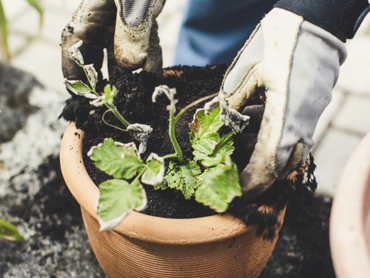Did you know that autumn is the ideal time to prepare for a vibrant spring garden? Plant cheerful spring bloomers like tulips and daffodils, or explore lesser-known winter-blooming bulbs like yellow winter aconites. Enhance your garden, lawn or container plantings with a colorful array of spring bulbs from Carpenters Nursery. Stay tuned to our website for more helpful and inspiring bulb tips and tricks!
When and where to plant spring bulbs?

- Plant spring bulbs almost anywhere outdoors, as they require a cold period (frost) to bloom. Even December planting is possible if the ground isn't frozen.
- Ensure well-draining soil to prevent bulb rot.
- Small bulbs can flourish in pots or containers. Ensure drainage holes and add a layer of pot shards or hydro granules to the bottom. Incorporate sand into the potting soil to prevent bulb rot.
- Transform your lawn into a vibrant spring spectacle with bulbs like crocuses, snowdrops, star hyacinths, daffodils or Oriental anemones. Gently lift a section of turf, plant the bulbs, and replace the turf, pressing it down firmly. To avoid damaging the emerging bulbs, refrain from mowing the grass until the foliage has completely withered, or simply mow around the planted areas. For easy identification, mark the planting locations with labels or small sticks.
- Consult the bulb label or a garden center employee for sun or shade preferences. Tulips and daffodils typically favor sunny locations, while bluebells and edible wild garlic prefer shade.
How to plant spring bulbs?

- Plant bulbs promptly, especially smaller varieties, to prevent them from drying out.
- Follow the golden rule: plant bulbs two to three times deeper than their height or diameter. Ensure the tip points upward. If the top isn't clearly visible, plant the bulb on its side, allowing leaves and flowers to naturally grow upward.
- Maintain a spacing between bulbs approximately twice their width. Ensure bulbs don't touch each other, whether planted in pots or the ground.
- For a natural, informal look, loosely scatter the bulbs over the desired planting area and plant them where they land, ensuring they're not too close together.
- In pots and containers on your balcony or terrace, create captivating layered arrangements using the 'lasagna method.' Place the largest, late-blooming bulbs at the bottom, followed by a layer of potting soil mixed with sand. Plant the smaller, early-blooming bulbs in the top layer, ensuring they don't touch each other or the pot's edge. Consider planting winter pansies on top for instant enjoyment of your flowerpots and containers.
More bulb planting tips

- For extended blooming, gently remove faded flower heads, but leave the leaves intact. The leaves are vital for the bulbs to store energy for future blooms.
- Early-blooming bulbs not only delight us but also benefit insects, contributing to increased biodiversity!
Get ready for a vibrant spring garden with our pre-spring tips. Visit our St. Albans garden centre. We can't wait to see you soon!




